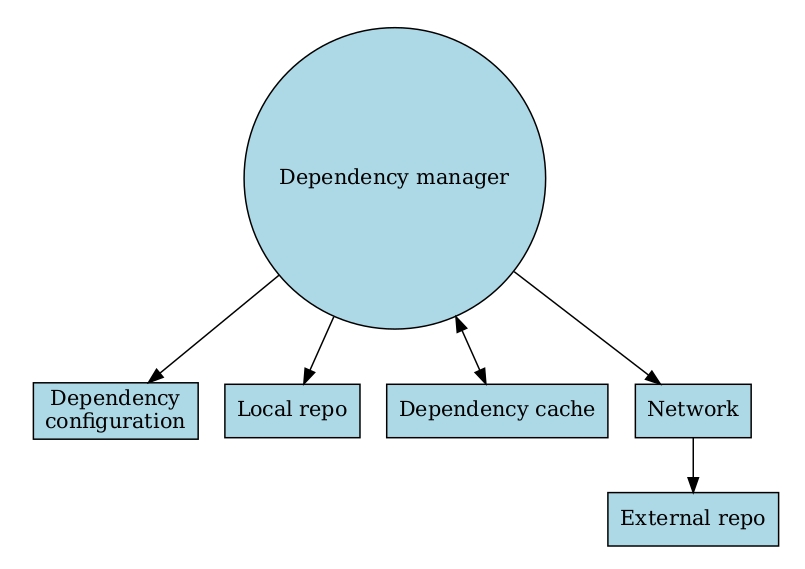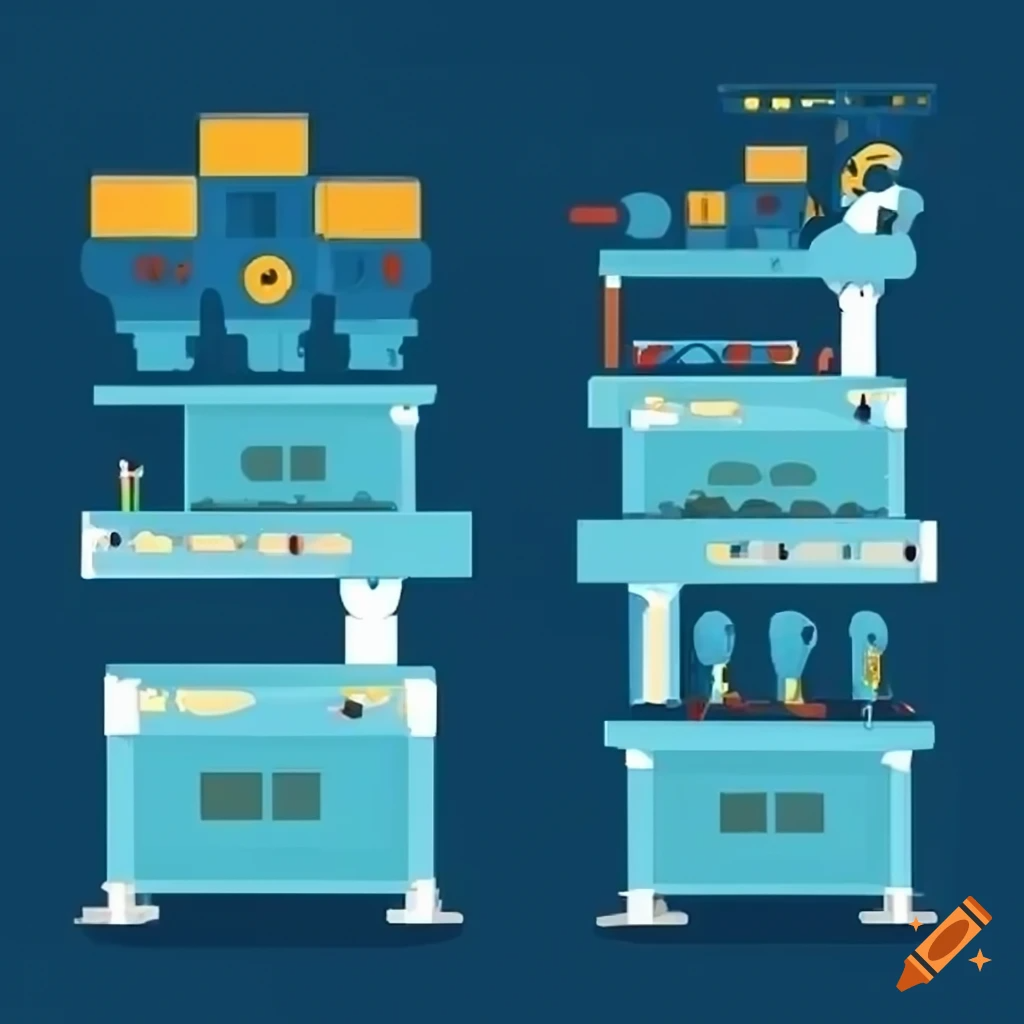
In the ever-evolving landscape of technology, the role of DevOps has rapidly carved its indispensable niche. As experts bridging the chasm between development (Dev) and operations (Ops), DevOps professionals ensure that software is not just developed right, but also deployed right. Yet, I’m acutely aware of the current friction and debates regarding the longevity of the DevOps role, especially with emerging discussions about whether it will be overshadowed or even replaced by Platform Engineers. Regardless of these debates, the DevOps profession comes with its unique set of challenges. Here are some survival tips for thriving as a DevOps engineer:
- Embrace Continuous Learning:
The tech world never stands still, and neither should you. Tools, platforms, and methodologies keep evolving. Stay updated with the latest in the field, attend webinars, workshops, and conferences. - Automate Everything:
The mantra of DevOps is automation. From continuous integration, continuous delivery (CI/CD) pipelines to infrastructure as code (IAC), the more you automate, the smoother your workflows will be. - Cultivate Soft Skills:
DevOps isn’t just about technical knowledge. Communication, empathy, and collaboration skills are equally crucial. Often, you’ll be the bridge between teams with differing objectives; soft skills will be invaluable. - Prioritize Work-Life Balance:
Burnout is a genuine concern in a role that can be 24/7 due to deployment schedules and uptime requirements. It’s essential to set boundaries, take breaks, and remember self-care. - Understand the Business:
To offer the best solutions, you need to understand the business requirements and goals. This will not only make you more effective but also showcase your value to the organization. - Establish Clear Communication Channels:
Since DevOps professionals often work at the intersection of various teams, establishing clear communication channels helps in reducing friction and miscommunication. - Celebrate Small Wins:
In a fast-paced environment, it’s easy to move from one task to another without recognizing achievements. Celebrating small wins helps keep motivation high and fosters a positive team environment. - Seek Feedback and Continuously Improve:
Constructive criticism is a tool for growth. Regularly seek feedback on your work, and be willing to iterate and improve upon your processes. - Stay Security Conscious:
With the rise of cyber threats, a DevOps professional must always be security-minded. Ensure that security best practices are ingrained in every step of the development and deployment process. - Build a Supportive Network:
Connect with fellow DevOps professionals. Having a support system can be an invaluable resource for sharing knowledge, best practices, and even venting about common challenges.
Mastering the role of a DevOps hinges on a balance of technical acumen, soft skills, and a proactive approach to one’s well-being. With the right strategies and mindset, I’m sure that WE can handle the challenges of this role with resilience and success.



